I’ve already talked about how consumer generated content can help create relevance for a company. It’s not any different when it comes to employees, except that employee-generated content is probably even more relevant! Who else knows a company better than it’s employees?
Corporate social media campaigns might seem like a hassle if you have a lot of employees, but actually more employees might make a large campaign even easier. When you have a lot of employees, you can spread the reponsibility for creating content out across more shoulders. This is a good thing if you are able to weed out and control the runaway trains. By that I mean employees who don’t use good common sense when blogging as part of enterprise social media.
I’m assuming here that your company has great products and service, and treats employees well. A company with poor service and disgruntled employees should not get involved in social media without a comprehsensive plan that includes fixing those points. Such a company may not escape alive.
That said, here’s the deal. An Edelman Trust Barometer study asked people, “Who do you trust?” ANSWER: People like me. Search engines determine relevance based on whether or not you can engage people. Employee generated content is writen by real human beings, and thus should be more engaging. Engagement on a blog (or any social media profile, such as Facebook) is exactly what you want.

When was the last time you had a strong urge to connect with a corporate logo? Yeah, I didn’t think so. Well, if you had 20 employees, and each once wrote one 3-5 paragraph per month for the company blog, you’d have plenty of decent, relevant content to choose from.
Investing in some long tail keyword research to guide your employees on what to write will also help increase your relevance. The office “mom” might want to write about the last brownie recipe that was a hit at the office, but if your company produces car parts, it won’t do much to increase your company’s relevance in the eyes of your consumers (or Google).



 The Association has teamed up with Snehal Patel, a veteran of the Canon DSLR 5D in production and post-production, to run intensive 5-hour BOOT CAMP workshops for industry professionals who want to use the Canon 5D and 7D cameras for film, television, or custom video production.
The Association has teamed up with Snehal Patel, a veteran of the Canon DSLR 5D in production and post-production, to run intensive 5-hour BOOT CAMP workshops for industry professionals who want to use the Canon 5D and 7D cameras for film, television, or custom video production.

 I can’t say I know a lot of marketers who really enjoy spending thousands of dollars on Pay Per Click Google Ads. Actually, I don’t know of any at all. And until recently, I thought of PPC as a necessary evil in order to get new leads in the door.
I can’t say I know a lot of marketers who really enjoy spending thousands of dollars on Pay Per Click Google Ads. Actually, I don’t know of any at all. And until recently, I thought of PPC as a necessary evil in order to get new leads in the door.


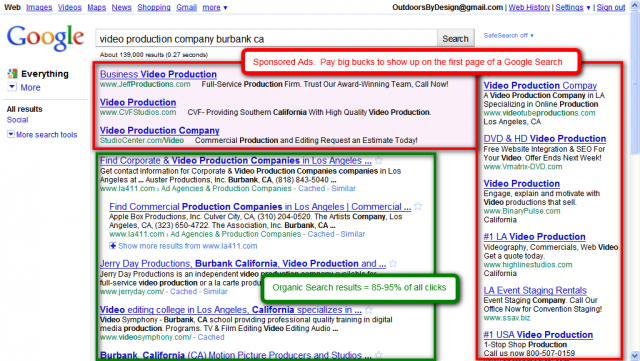
 It’s trite to say things are changing, but they are. The Internet is slowly edging the brick and mortar store toward extinction, although people’s desire for community still prompts them to “go to the mall and hang out”. And the malls get more and more beautiful. I call them the Cathedrals of Commercialism.
It’s trite to say things are changing, but they are. The Internet is slowly edging the brick and mortar store toward extinction, although people’s desire for community still prompts them to “go to the mall and hang out”. And the malls get more and more beautiful. I call them the Cathedrals of Commercialism.
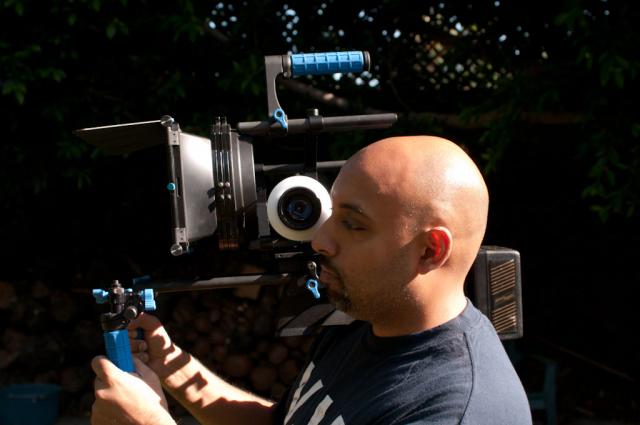
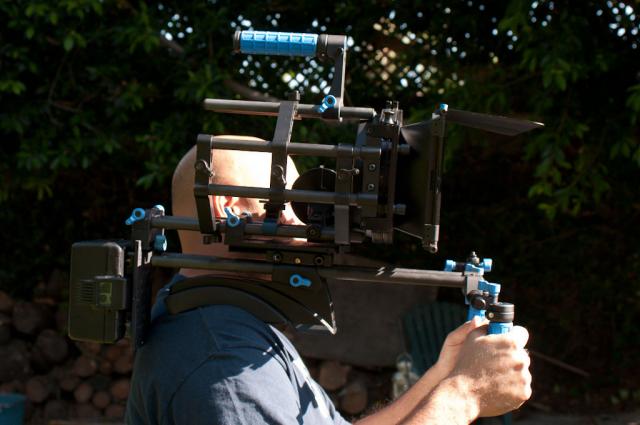
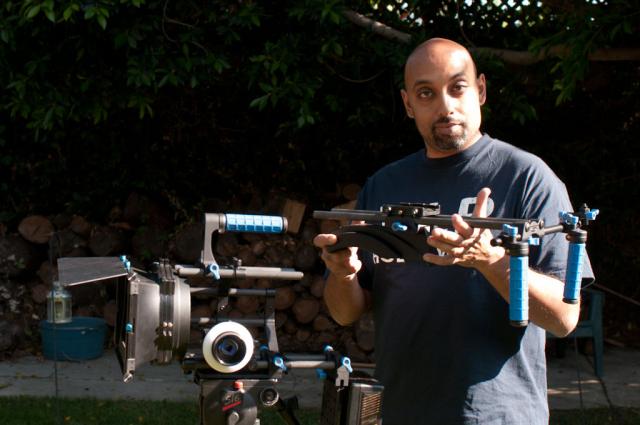
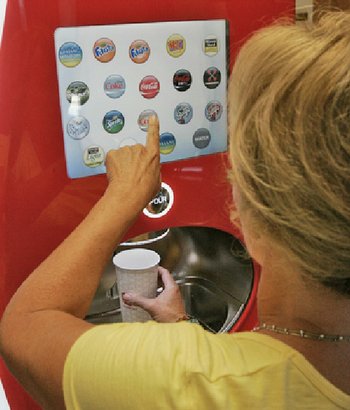
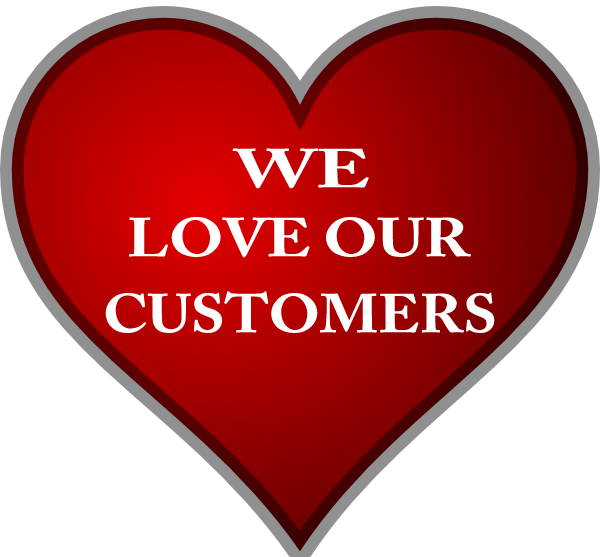
 The Association is here to help business owners who are tired of promoting like crazy, making 100′s of phone calls and end up getting stonewalled by the deflector shields of their target audience. Wondering if there is another option to expensive Pay-Per-Click Campaigns? There is!
The Association is here to help business owners who are tired of promoting like crazy, making 100′s of phone calls and end up getting stonewalled by the deflector shields of their target audience. Wondering if there is another option to expensive Pay-Per-Click Campaigns? There is!